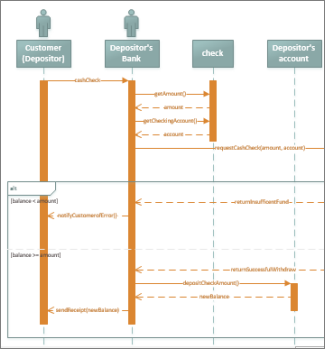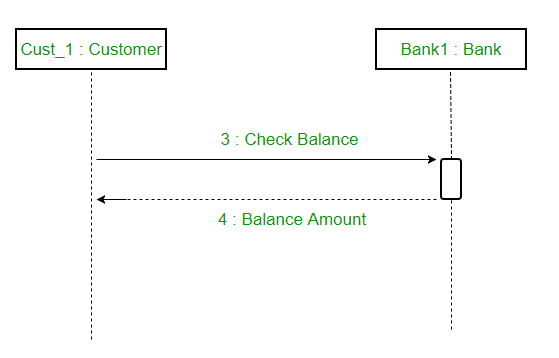

Another 7 represents general UML diagram types for behavioral modeling, including four that represent different aspects of interactions.7 diagram types represent structural information.In UML 2.2 there are 14 types of UML diagrams, which are divided into these two categories: This view includes sequence diagrams, activity diagrams, and state machine diagrams. Behavioral (or Dynamic) view: emphasizes the dynamic behavior of the system by showing collaborations among objects and changes to the internal states of objects.

It includes class diagrams and composite structure diagrams. Structural (or Static) view: emphasizes the static structure of the system using objects, attributes, operations and relationships.UML diagrams represent these two aspects of a system: It is represented by sequence, activity, collaboration, and state. While dynamic modeling refers to representing the object interactions during runtime. These are expressed using class, object or component. Static modeling is used to specify the structure of the objects, classes or components that exist in the problem domain.
UML SEQUENCE DIAGRAM EXPLAIN SOFTWARE
It was developed by Grady Booch, Ivar Jacobson, and James Rumbaugh at Rational Software in 1994–1995, with further development led by them through 1996. The creation of UML was originally motivated by the desire to standardize the disparate notational systems and approaches to software design. The Unified Modeling Language is a standardized general-purpose modeling language and nowadays is managed as a de facto industry standard by the Object Management Group (OMG).


 0 kommentar(er)
0 kommentar(er)
